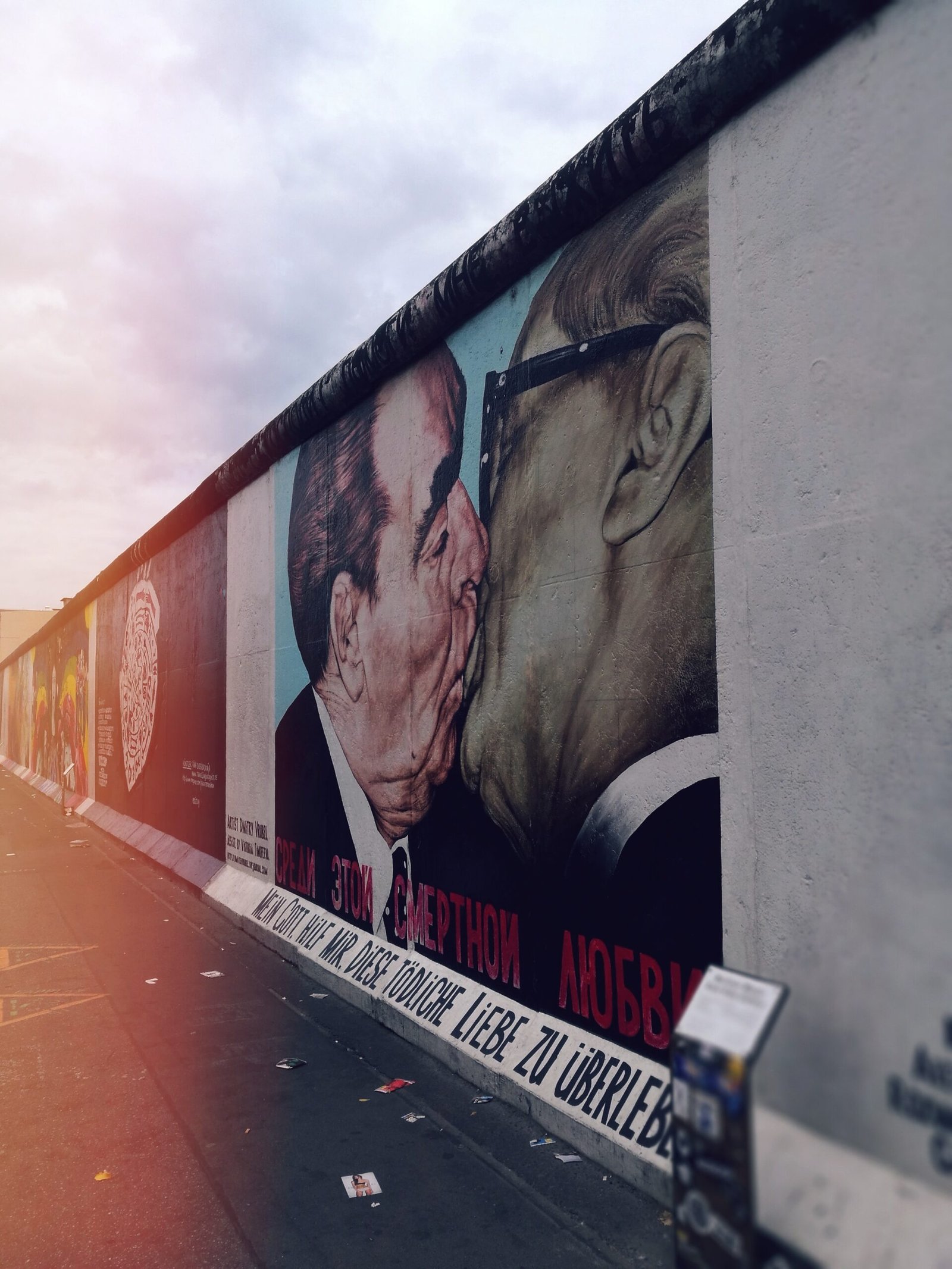The Berlin Wall: A Symbol of Cold War Division
The Berlin Wall, constructed in 1961, stood as a physical manifestation of the ideological divide between East and West during the Cold War. It was a stark reminder of the tensions and hostilities that existed between the Soviet Union and the Western powers.
For nearly three decades, the wall separated families, friends, and communities, creating a barrier that seemed impenetrable. The wall became a symbol of oppression, a constant reminder of the restrictions imposed on the people of East Germany.
The Historic Event: November 9, 1989
November 9, 1989, marked a historic turning point in world history. On this fateful day, the Berlin Wall, which had stood for 28 years, finally crumbled. The event unfolded as thousands of East Germans flocked to the wall, armed with hammers and chisels, ready to dismantle the barrier that had divided their nation.
The fall of the Berlin Wall was not a planned event; it was the result of a series of political and social changes that had been brewing for some time. The winds of change were sweeping through Eastern Europe, and the desire for freedom and democracy was growing stronger.
The catalyst for this momentous event can be traced back to Hungary, where the government had opened its borders with Austria, allowing East Germans to escape to the West. This act of defiance against Soviet control sparked a wave of protests and demands for change.
The Symbolic Impact: Freedom and Reunification
The fall of the Berlin Wall represented more than just the physical dismantling of a barrier; it symbolized the triumph of freedom over oppression. It was a powerful statement that resonated across the globe, signifying the end of the Cold War and the collapse of Soviet influence in Eastern Europe.
The event also paved the way for the reunification of Germany, which had been divided since the end of World War II. The fall of the wall brought about a sense of unity and hope, as East and West Germans came together to rebuild their nation and heal the wounds of the past.
The Legacy: The End of the Iron Curtain
The fall of the Berlin Wall had far-reaching consequences beyond German reunification. It marked the beginning of the end for the Iron Curtain, the metaphorical division between the communist and capitalist blocs in Europe.
With the collapse of the wall, other Eastern European countries began to demand their own freedom and democracy. The domino effect of the Berlin Wall’s fall led to the peaceful revolutions in countries like Czechoslovakia, Romania, and Bulgaria, ultimately leading to the dissolution of the Soviet Union in 1991.
Conclusion
The fall of the Berlin Wall on November 9, 1989, was a historic event that changed the course of history. It symbolized the triumph of freedom over oppression and marked the end of the Cold War. The reunification of Germany and the collapse of the Iron Curtain were direct consequences of this momentous event.
Today, the remnants of the Berlin Wall serve as a reminder of the struggles and sacrifices made by those who fought for freedom. It stands as a testament to the power of unity and the resilience of the human spirit.

